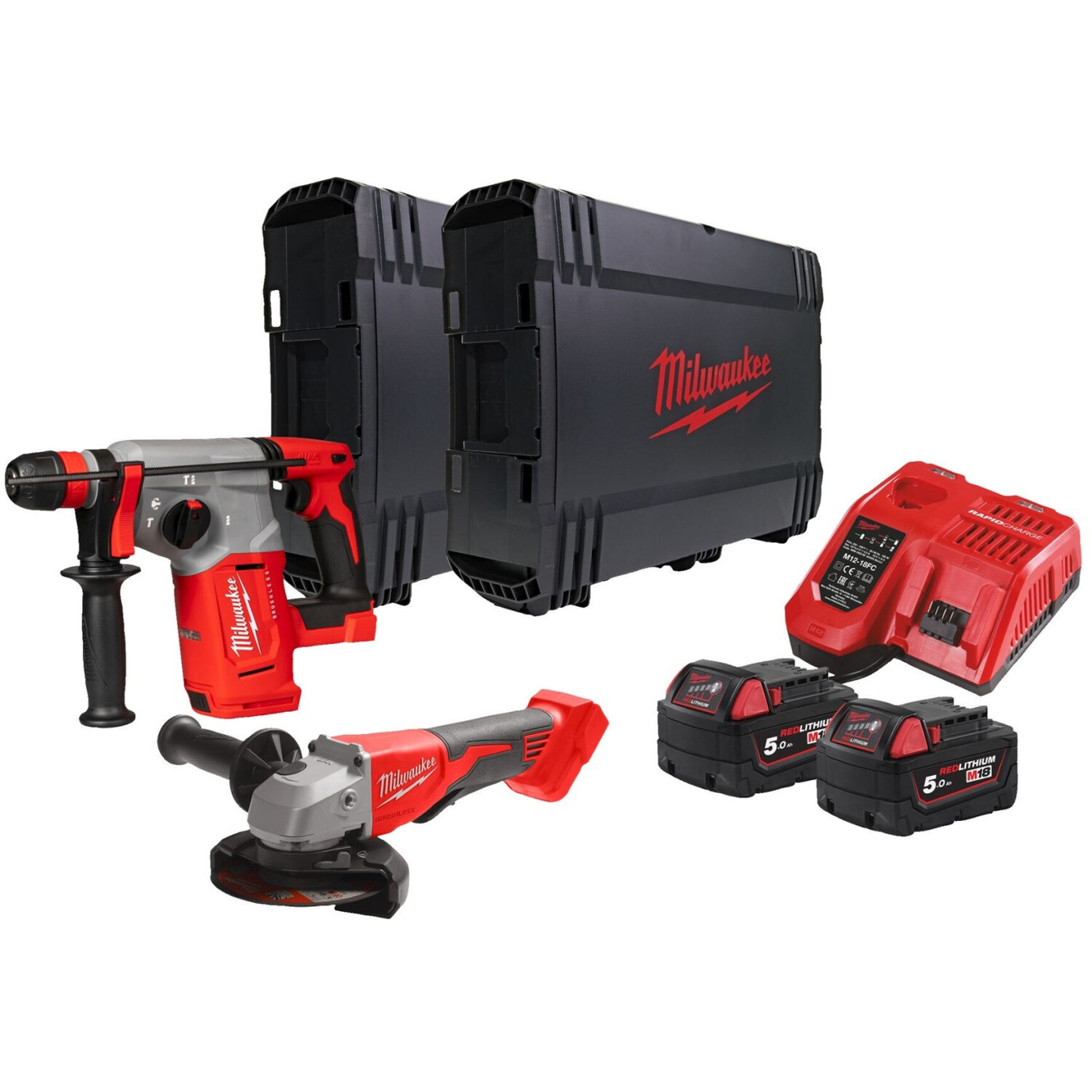Exploring the Wall Chaser for Concrete Work: A Comprehensive Guide
Dealing with concrete needs accuracy and the right tools to ensure safety and accuracy. One such necessary tool that is getting appeal among contractors and DIY enthusiasts alike is the wall chaser. This effective device is particularly created to cut narrow grooves into walls, allowing the installation of electrical conduits, pipes, or cable wiring. This blog post looks into the ins and outs of wall chasers for concrete, highlighting their functions, benefits, how to use them efficiently, and answers to frequently asked concerns.
What is a Wall Chaser?
A wall chaser, also called a wall groove cutting machine, is a specific tool that creates neat, exact cavities in walls. It employs 2 parallel diamond blades to cut a groove into various products, consisting of concrete, brick, and masonry. Built to handle hard products, the wall chaser is an indispensable resource for fabricators aiming to attain professional finishes in wall adjustment jobs.
Secret Features of a Wall Chaser
| Function | Description |
|---|---|
| Blades | Normally features 2 parallel diamond blades. |
| Motor Power | Varies from 1200W to 2200W, providing ample strength. |
| Cutting Depth | Adjustable cutting depth, usually up to 30mm. |
| Weight | Lightweight models (5kg) and durable models (10kg). |
| Dust Extraction | Built-in vacuum adapter for very little dust throughout cutting. |
| Security Features | Guard to avoid particles from causing harm. |
Benefits of Using a Wall Chaser
- Accuracy Cuts: Unlike standard tools, wall chasers ensure clean, narrow grooves that minimize the amount of product needing removal.
- Adaptability: Suitable for different materials, making it an outstanding choice for concrete, brick, and obstruct walls.
- Time-Efficiency: Reduces labor time significantly compared to manual chiselling.
- Minimized Dust: Many designs come equipped with dust extraction, decreasing mess and enhancing air quality.
- User-Friendly: Designed with ergonomics in mind, making it much easier to work for extended periods without significant fatigue.
How to Use a Wall Chaser Effectively
Utilizing a wall chaser might seem straightforward, but following a systematic technique improves safety and performance. Here's a detailed guide:
Step 1: Preparation
- Measure and Mark: Use a measuring tape to determine the precise area for the groove. Dickenhobel Maschine Preisvergleich with a pencil.
- Collect Tools: Ensure that you have the wall chaser, security goggles, dust mask, and hearing security.
Step 2: Set Up the Wall Chaser
- Adjust Depth: Determine the required cutting depth and change the blade settings on the tool.
- Inspect Blades: Ensure the diamond blades are sharp and appropriately aligned.
Action 3: Safety First
- Wear Protective Gear: Always use safety goggles and a dust mask to safeguard versus inhalation of dust particles or flying debris.
Step 4: Cutting the Groove
- Position the Chaser: Align the wall chaser with the significant line.
- Start With Light Pressure: Turn on the machine and start cutting the groove, using light pressure to let the tool do the work.
- Follow the Mark: Maintain a stable hand and follow the marked lines to guarantee precision.
- Dust Management: If your model accommodates a vacuum accessory, guarantee it's functional to collect dust as you cut.
Step 5: Final Touches
- Tidy the Area: Once the cutting is done, tidy up debris and dust from the work location.
- Check the Groove: Ensure the grooves are the correct depth and width for your specific job requirements.
Typical Applications of Wall Chasers
- Wiring Installations: Perfect for embedding electrical wires into walls without affecting structural stability.
- Plumbing Work: Ideal for creating channels for pipelines in concrete walls.
- Heating and Cooling Systems: Facilitates the installation of duct systems that need precise grooves.
- Remodellings and Remodeling: Simplifies the process of modifying existing structures.
Upkeep Tips for Wall Chasers
- Regular Cleaning: Clean the blades and machine to protect against dust accumulation.
- Examine Blade Condition: Inspect for wear and tear, replacing blades as required.
- Shop Properly: Keep in a dry place to avoid rusting or damage to electronic components.
FAQs About Wall Chasers
Q1: Can I use a wall chaser on brick walls?
Yes, wall chasers can be used on brick walls due to their flexible design and effective blades.
Q2: How deep can a wall chaser cut?
The majority of wall chasers can cut up to 30mm deep, however this differs by design. Constantly refer to the producer's specifications.
Q3: Are wall chasers appropriate for DIY tasks?
Definitely! While they are commonly used by experts, DIY lovers can use wall chasers with proper security precautions.
Q4: Do I require a dust extraction system when using a wall chaser?
While not mandatory, using a dust extraction system can considerably decrease dust and improve exposure during cutting.
Q5: How do I know if the blades need replacing?
If the cuts become rough, or if the blades appear worn or damaged, it's time to change them.
The wall chaser for concrete work is an essential tool that boosts performance and promotes precision in wall modifications. By comprehending its functions, benefits, and appropriate use, both specialists and DIYers can raise their concrete working capabilities. Whether you're circuitry, plumbing, or refurbishing, purchasing a wall chaser can save time and effort while guaranteeing a refined surface.

